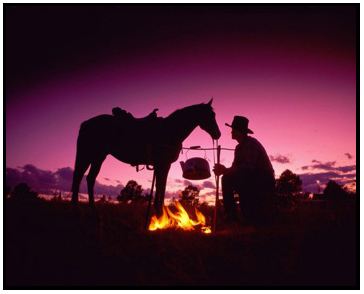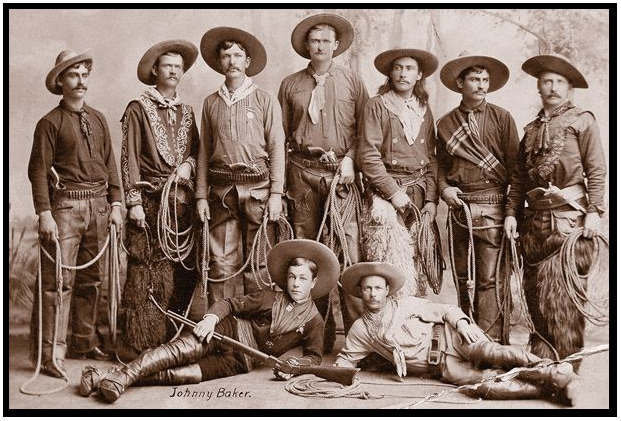Haven’t Cooked in Ten Years
Column #265
When the COVID-19 shutdown occurred about 6% of our population went into shock. They were the ones who always ate out and never cooked at home. One fellow groaned and said he hadn’t cooked in ten years.
The dining-out-only folks are much relieved these days because, in most localities, they can go back to their favorite haunts (those that survived being out of business). Unfortunately, we all know that restaurant food, even though it may follow the government’s “nutritional” guidelines, is not the best when it comes to nutrition. Oh, it usually tastes good for sure, but nutrition is not a restaurant’s primary goal because most patrons are seeking a certain flavor coupled with convenience and atmosphere rather than “cutting edge nutrition.”
Even as those who want to eat out 100% of the time return to their old ways, cooking at home is still more “popular” than ever. That’s because folks who used to eat out several times a week have cut way back. Since many of these frequent diners consider cooking a challenge, I dedicate this column to those who struggle with cooking.
Like many tasks in life, cooking can range from being very sophisticated (complicated) or basic (simple). By basic I’m referring to cowboy cooking where sophistication tops out at the chuck wagon level. And, just like the cowboy fare of old where often the cowboys were living off the land, the best food value and best nutrition is found at home.
Cowboys Weren’t Overweight a Hundred Years Ago

So, the goal here is to provide a few basic tips anyone can master and still have good, home-cooked meals. Myself, I like simple without having to clean up a lot of dirty pots, pans, and dishes. Therefore, this discussion is really focused on SIMPLICITY. I let Linda do the complicated cooking which is way above my pay grade.
The first requirement is a set of sharp knives because they are a chef’s most important set of tools. This includes table steak knives. Sometimes we have to thin slice our grass-fed meats because they can be tougher than we prefer. A sharp knife makes that task easy. Knives are an investment and better quality is well worth it which calls for a good knife sharpener.
Better sharpeners are always worth their extra cost. Inexpensive sharpeners can literally destroy a good set of knives. Yes, most knives can be honed with a steel rod while in use, but in time they must be precision sharpened. Honing only straightens out the edge, it’s not the same as precision sharpening which actually removes metal. Therefore don’t think any sharpener will do.
Next, every kitchen requires a cutting board. I like wood or plastic high-density polyethylene or polyvinyl acetate boards. These selections are tough enough to cut on but easy on my knives. I do not like to cut on metal or glass.
Since I grill a lot, a nice gas grill is essential. Grills are really easy to use and usually require very little maintenance and “virtually” no cleaning. Grills come in all sizes and some are tinny and some will last for decades. But they all work for steaks as long as they have a good low setting. I don’t want to cook my meat in a blast furnace. Most of what I grill will be cooked rare and that’s it. Over cooking steaks or burgers results in flavorless, dried out, tough meat.
My other necessities in the kitchen include a good meat thermometer, coffeepot, microwave, an iron skillet, a pot, tongs, turner, carving fork, and a covered oval roaster similar to the ones made by GraniteWare. Naturally a modern kitchen usually ramps it up with pressure cookers, a variety of pots and kettles, mixers, blenders, ladles, spatulas, and whatever else Bed and Bath sells. But I’m keeping this simple for the person who thinks cooking at home is just way too much trouble.
Meal planning is next. The objective is to select whole foods that are low glycemic, nutrient dense and diverse, with 1:1 balances of Omega-6 to Omega-3 essential fatty acids. For me it starts with the vast selection that’s offered by the different grass-fed meats, Omega-3 meats, and wild-caught seafood. They are the foundation for all my meals.1
A vegetable is nice and it can include these selections and more: fresh broccoli, fresh cauliflower, canned spinach, or canned green beans. Vegetables can be steamed in the pot or microwaved for simplicity. Sauerkraut is also good.
If a salad is needed, it can be made fresh daily with some spinach/kale leaves dumped in a bowl with slices of cucumber, zucchini, onion, radishes, broccoli bits, maybe tomato, with grated grass-fed cheese for a topping. Mix it up and presto, a salad. Remember that the objective is simplicity and complete nutrition. Consequently the ingredients listed so far are just the basics. There’s more to choose from.2
Many people are challenged when it comes to cooking meat. But once again let’s keep it simple.
Good steaks (from beef to fish) are just warmed up to an internal temperature of 120 degrees—which is rare. I prefer a grill and my setting is always on low. I use my phone’s timer for when to turn the steak and when to finish. It’s the same number of minutes, give or take 30 seconds, year in and year out, winter and summer. I figured out the timing for my grill by trial and error on the first steak. I probably removed the steak too early a few times in my effort not to over cook it. Then eventually I got it right. Basically the same applies to ground beef paddies except the internal temperature is 150 degrees which takes a minute or so longer. Do not burn is critical.
Marinates add an additional step for enjoying less expensive steaks that are tougher cuts. A marinade must have an acid base such as lemon or lime juice, vinegar, buttermilk, or even yogurt in order to help tenderize tough proteins. In addition the marinade saturates the steak with moisture which permits slightly longer cooking times which also helps with tenderness.
Pan frying steaks is always tricky. Most often folks use way too much heat and cook way too long. But it can be done with practice. Most of my pan frying is for breakfast. I like minute steaks, breakfast sausages, and/or bacon married to a couple of Omega-3 eggs over easy. Make sure to have enough grass-fed beef tallow in the pan. I must admit. I might go a week without washing my iron skillet. In my book that’s the ultimate in simplicity.
Roasts are generally baked in an oven to an internal temperature of 120 degrees or so. It’s best to look on the internet or a Betty Crocker cookbook for cooking suggestions. There doesn’t seem to be a great deal of difference between conventional roasts and grass-fed roasts. Cooking times will vary with the weight and shape of the roast. When finished, I want my roasts to be very red and juicy in the middle. Grass-fed roasts can be tricky and are best sliced very thin for serving. The key is not to over cook and dry out the roast.
I really like briskets, arm roasts, chuck roasts, bone-in short ribs, and baby back ribs when they are cooked long, low and slow in a covered oval roaster. They are super easy and really tasty. It’s best to cook most of these selections all day in the oven. The oven temperature needs to be at least 160 degrees but not more than 180 degrees. Baby back ribs usually take one third the time of briskets and chuck roasts in order to keep the meat from shrinking excessively off the bones. In all cases make sure there is moisture in the bottom of the roaster for whichever cut. The fattiness of these cuts can vary when they are from grass-fed critters. Sometimes they are very fatty and make a lot of juice when cooked. Other times they are on the lean side and a little water must be added to the roaster or the cut will dry out and be like jerky.
I don’t boil meat unless it’s in a stew or chili. Both of those choices are excellent for one course meals. They can be made in quantity and eaten over the course of several days. After the first day it’s just heat and serve. They are more complex to make but the leftovers are drop-dead simple and good.
Other meal options are the deli meats for snacks and lunches. Most are smoked which means they can be eaten right out of the package. Or they can be heat-and-serve choices which make them tastier and juicier. The deli meats are perfect for almost instantaneous, perfectly nutritious meals.
There you have it. The world’s simplest, quickest, most nutritious meals to fix at home at a far more reasonable price than eating out.
To your health.
Ted Slanker
Ted Slanker has been reporting on the fundamentals of nutritional research in publications, television and radio appearances, and at conferences since 1999. He condenses complex studies into the basics required for health and well-being. His eBook, The Real Diet of Man, is available online.
Don’t miss these links for additional reading:
1. The Importance of the Ratio of Omega-6/omega-3 Essential Fatty Acids by A.P. Simopoulos
2. Food Analysis: EFA, Protein to Fat, Net Carbs, Sugar, and Nutrient Load by Ted Slanker




